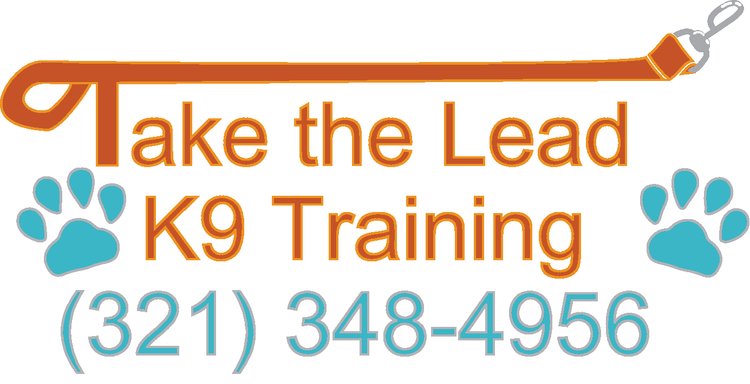I know there are lot of owners who spend much of their time following their dog around, cleaning up messes and putting out fires.
"My dog pees in the house when he knows we're not looking."
"My dog steals the kid's toys out of their room."
"My dog eats food off of the counter."
"My dog nips people in the back of the leg when they come in my house."
"My dog runs out the front door."
"My dog keeps getting into fights with the dog we just adopted."
"My dog chews up my things when I'm not home."
It does not have to be this way! At all! The easy solution to preventing any of this is having rules for your dog to follow.
If your dog is getting out if your sight and doing things you don't like, it's because he has too much freedom. If your dog makes bad choices (especially repeated bad choices) it's very clear that your dog is given too much un-earned freedom. How often to people leave their toddlers un-attended in a room full of crayons and markers? I imagine very few times--since most people only want to make this mistake of coming into a room covered in doodled walls once! Is it your toddlers fault for drawing on the walls? Nope! You're the adult making the logical choices, and the choice of giving a kiddo that much unsupervised freedom clearly shows its result.
It is the same for dogs. They don't come into our homes knowing how to behave; We have to tell them what we want (in a way they understand--not through a screaming match or cute little conversation of "Now fluffy, you know better!") Unless you've spent a lot of time setting rules, boundaries, and expectations, Fluffy really doesn't know better ;)
The solution to those problems can be as simple as crating your dog when you're not home and teaching your dog the place command when you are! If your dog is in place, has his leash on (a very important part!!! Do you take training wheels off the bike after the first day of bike riding? NO. Your dog needs practice and that means lots of training with the leash on everyday), and is expected to stay there, your dog cannot be doing those other things. You are giving your dog something else to do, that works on building your relationship, setting boundaries, and teaching them to check in with you for their choices.
If your dog stays in place while you eat dinner, he's not begging at the table. If your dog stays in place while the kids do homework, he's not in their room chewing their toys. If your dog has a leash on and is in place he can't bite people at the door or the other dog in the room, because you have a hand on the leash to give him a correction if he breaks command. (Yep, you need to be correcting your dog with a leash pop for breaking place).
When you start making better choices by teaching your dog how to sit still and tune in, your dog will not be making repeated mistakes and in fact learning a new way to live with you. Until you fully trust your dog to not do any of the things on his "rap sheet", your dog doesn't have the freedom to walk casually around the house. Your dog is on leash in place command, walking with you to your next room to do place command there, and relaxing in that place until it's time for your next adventure. Teaching your dog a calming skill like this can make your life so much easier and your dog much more pleasant to be around!
But, it can be hard for us to make a change and live differently with our dog. This requires a level of self control on our part, to stick with the program and not falter. (Consistency is key in dog training (and in life), right?!) When we can make a conscious effort to apply this new life of rules and boundaries (instead of freedom and more freedom!) we can create well educated, well behaved, and respectful canine members of society who have EARNED their freedom. Kids spend a lot of time in school and with their parents before they are released into the world as adults. Dogs need to spend some time learning as well! Remember, only you can prevent forest fires (and if you follow the guidelines, you can prevent dog behavior ones ;)








